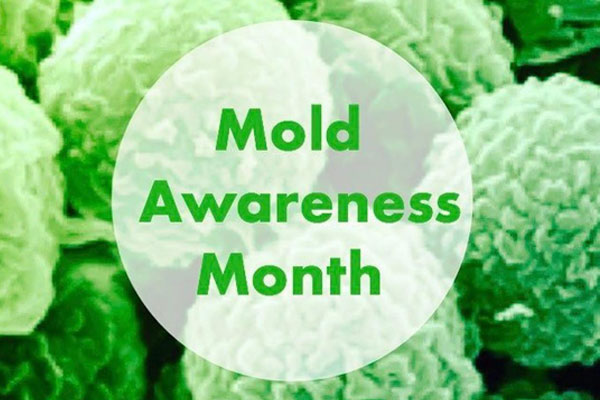September is Mold Awareness Month and our good friends at U.S. Inspect have put together this brief primer to answer the most asked questions when it comes to this important topic. Feel free to reach out to them directly if you would like to have your home inspected.

What is Mold?
Molds are microscopic organisms present everywhere, both indoors and outdoors. Molds are fungi which break down dead material and recycle nutrients in the environment. Molds need moisture and an organic food source (e.g., wood, paper) to grow. Molds gradually destroy whatever surface they grow on. Visible mold growth is typically discolored green, gray, brown, or black.
Why is Mold a Problem?
Mold is bad for your health. Molds release tiny, lightweight spores that travel through the air. Indoor mold growth is undesirable and potentially dangerous and can cause: inflammation, rash, allergy, congestion, headaches, and infection.
When to Test for Mold?
Mold often is caused or accelerated by moisture. Therefore, many people test for mold after a water-related issue, e.g., heavy rain causes water in the basement, dishwasher floods the kitchen, washing machine floods the laundry room, etc. People also test for mold when they smell an unusual odor, see discolored spots, or become sick for no apparent reason.
What’s the Best Way to Assess Mold?
Mold testing, combined with infrared scans and visual inspection methods, is the best non-invasive method to assess the extent and types of mold in a home.
U.S. Inspect’s Mold Assessment, offered in select markets, delivers a comprehensive understanding of the types and extent of mold in a home. They will conduct a visual examination, air sampling, infrared inspection, and in some cases, surface sampling. U.S. Inspect then ships samples to a qualified lab for results and analysis and their hygienist will review the results. If they identify issues, they’ll provide you with specific recommendations and next steps.
Source: U.S. Inspect
